Wheel And Tire Testing
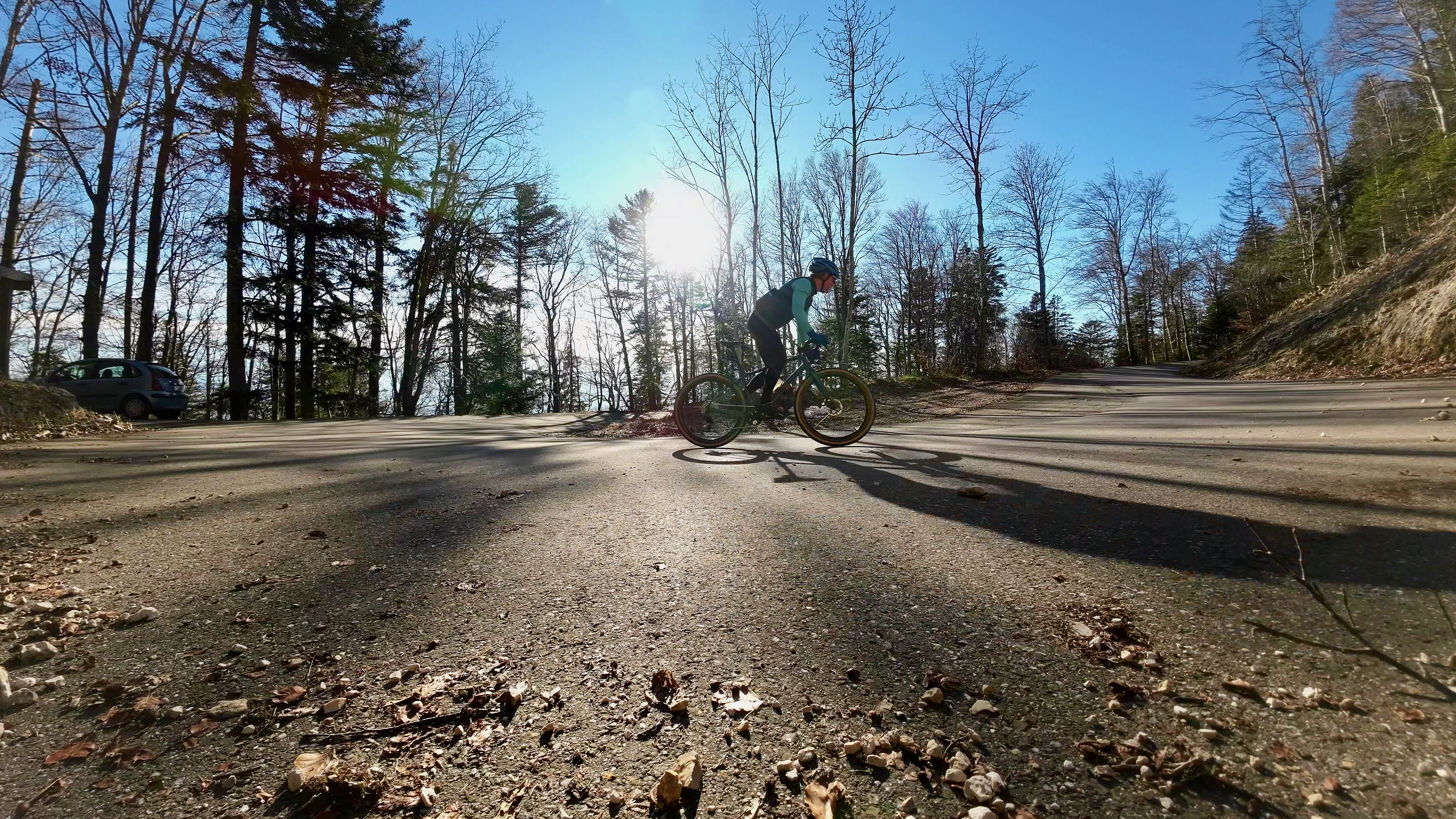
In November, I got a new wheelset for my Marin Gestalt X12. Before that, it was using seven-year-old Nox Composites Citico wheels with Chris King R45D hubs. The new wheels had Hope Pro5 Centerlock hubs, Light Bicycle WG44 rims, and René Herse Antelope Hill tires. I enjoy climbing on my bikes and also like to descend. The new wheels were great for climbing, fast on flat surfaces, and smooth on gravel. However, they were not perfect for descending. Specifically, when I exceed 50 kph with head and crosswinds on open descents that are not too steep, the steering becomes wobbly and insecure.
At slower speeds or steeper descents, the instability is not present. There are two possible causes for this. Firstly, the 55mm wide Antelope Hill tires and the 40mm tall WG44 rims create a large surface area, making the front wheel more susceptible to wind gusts. Secondly, the slack geometry of the Gestalt X12 could be a factor. The long front triangle and slack head tube angle move the front wheel further from the rider, changing the weight distribution and putting less weight on the front wheel. This might explain why the bike descends well on steeper roads as more of my weight shifts forward. I want a bike to feel sharp and precise, so I have some testing to do.
Test #1 - New wheels with 44mm Snoqualmie Pass tires
Wheels: Hope Pro5 Centerlock thru-axle hubs, Light Bicycle WG44 high-profile rims, René Herse 700C x 44 Snoqualmie Pass tires
This setup feels incredible. The bike is a nimble climber, an agile descender, and quick on flats, too. The smaller tires require more air pressure, about 2.8 bars (40 psi). They are still comfortable but don’t offer the smoothness of a 55mm tire. They are noticeably faster than their larger siblings on gravel. They look and feel very aerodynamic. The front wheel cuts through the air like a hand-forged Katana, and the steering is as sharp as one. I'm glad about that. At least I have not built the wrong wheelset.
Test #2 - Old wheels with 55mm Antelope Hill tires
Wheels: Chris King R45D Centerlock thru-axle hubs, Nox Composites Citico low-profile rims, René Herse 700C x 55 Antelope Hill tires
The Antelope Hill tire is the tire I would like to use on this bike. I would go down one size to the 700C x 48 Hatcher Pass, but I wouldn't go any smaller. The 55mm tires, paired with low-profile rims, are borderline criminal. They don't hold me back while climbing and offer a crazy amount of grip on the descents. I rode this setup on the descent, where the tires on the WG44 rims felt awful. I also took this setup to the ultimate descent from my Hausberg, the Grenchenberg. This is a pothole-covered, rock-littered, and bumpy downhill. The bigger the tires, the faster this road can be ridden. Needless to say, the Antelope Hill tires are made for such terrain.
Conclusion - Large tires on high-profile rims are not for the MGX12
A new wheelset with low-profile rims is necessary. The Nox wheels would do the job, but they are seven years old and now serve as spare wheels. I often mount knobbier tires on them and use them during the winter months.
There were two Light Bicycle rims I was considering: the AR25 gravel rim and the XC930 cross-country rim. The Light Bicycle AR25 rim has a depth of only 25mm and weighs 250g with an inner width of 24mm. That’s an impressive weight. The XC930 is only 22mm tall, weighs only 270g, and is as wide as the WG44, 30mm. Being an MTB rim, it is only available hookless. This makes them only suitable for high-volume and low-pressure tires, limiting their potential use. The AR25, as the lightest 700C gravel rim that Light Bicycle has developed, would be much more versatile. It has a hybrid hook bead, which allows for higher tire pressures and can be used for a wide range of tire widths (28-50). My wheels often move from one bike to another. The AR25 is the better choice for that. A pair of AR25 rims come with a weight saving of 260g against the Citico and a whopping 400g savings against the WG44.
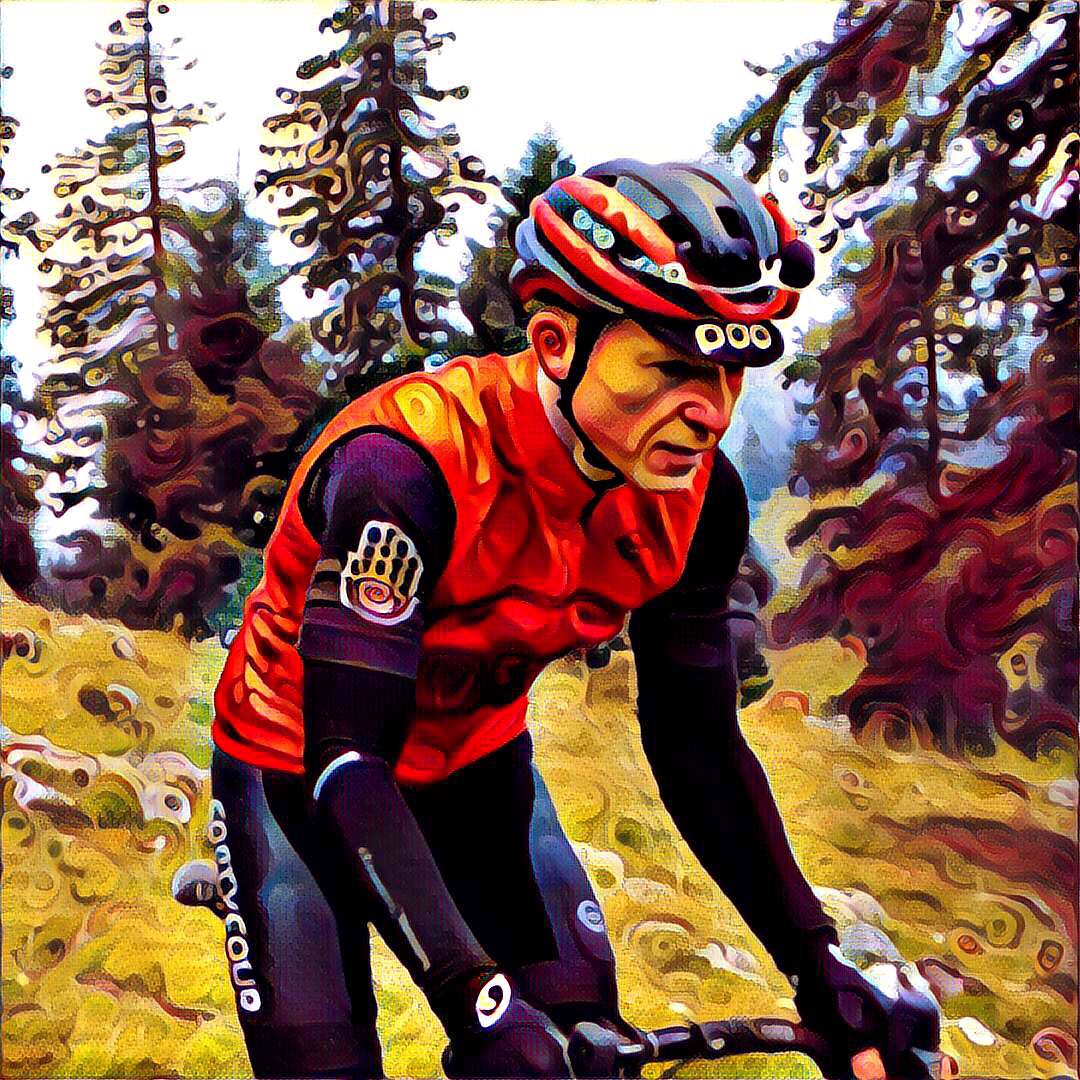
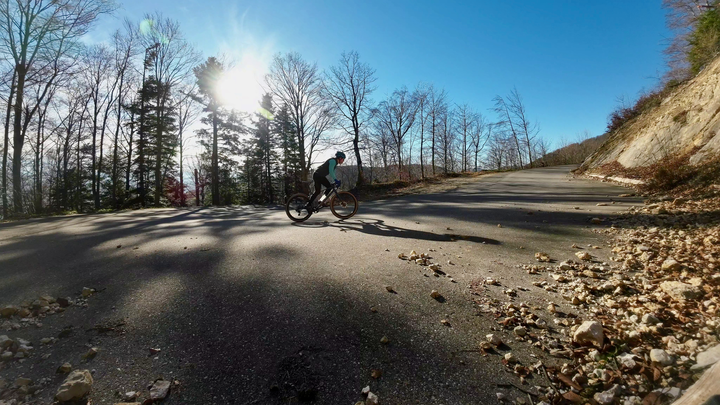
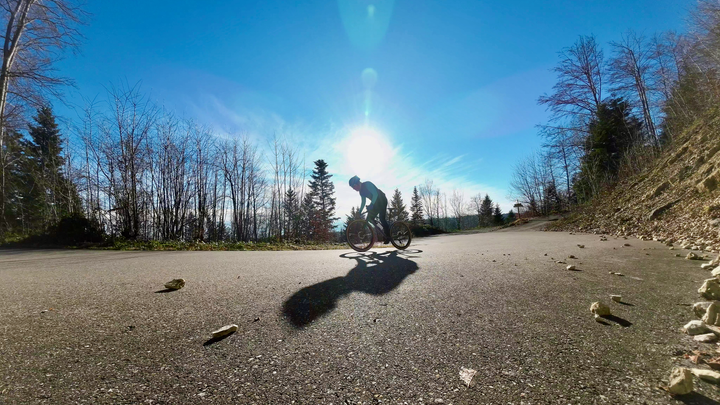
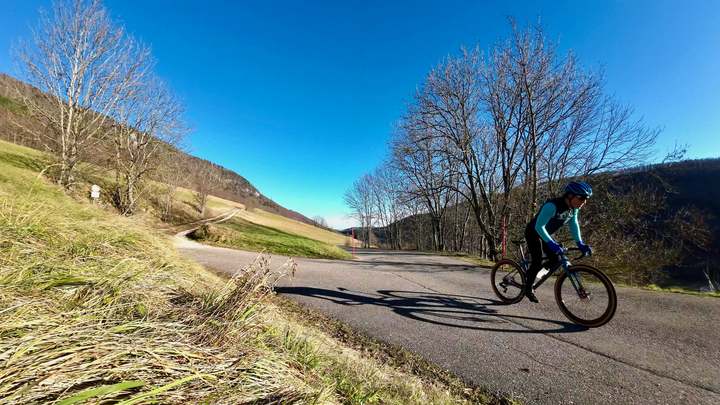
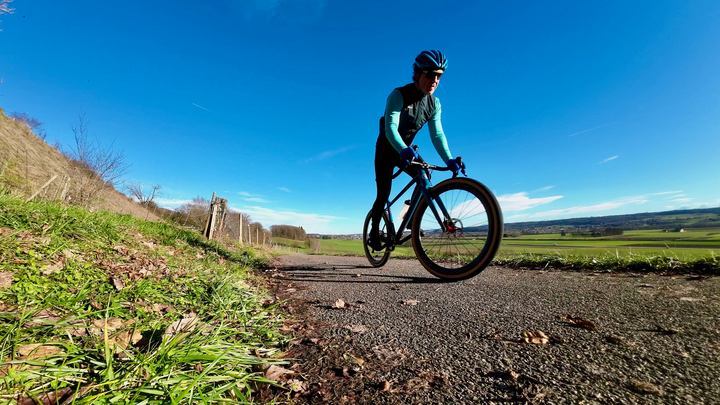
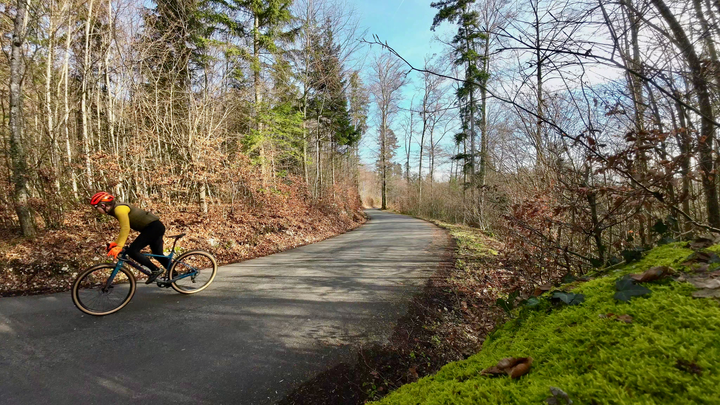
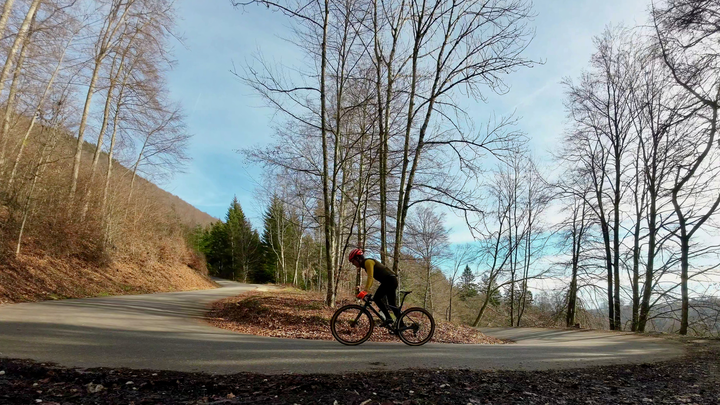

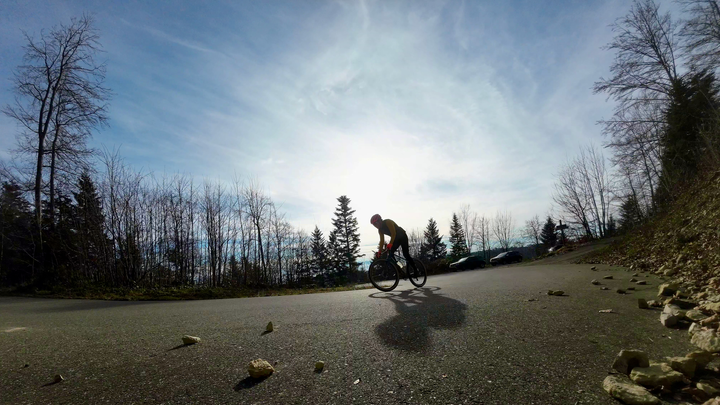

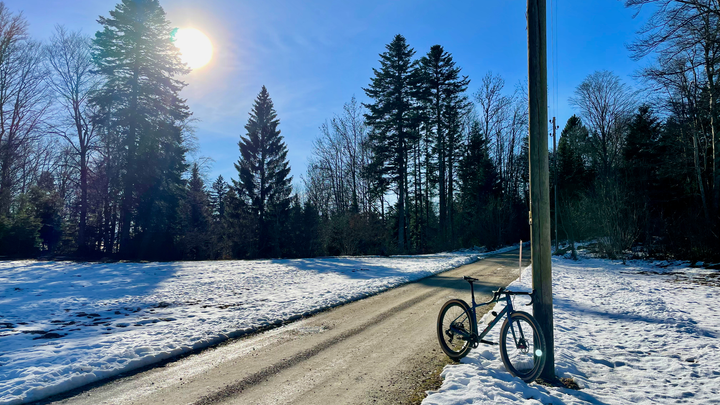
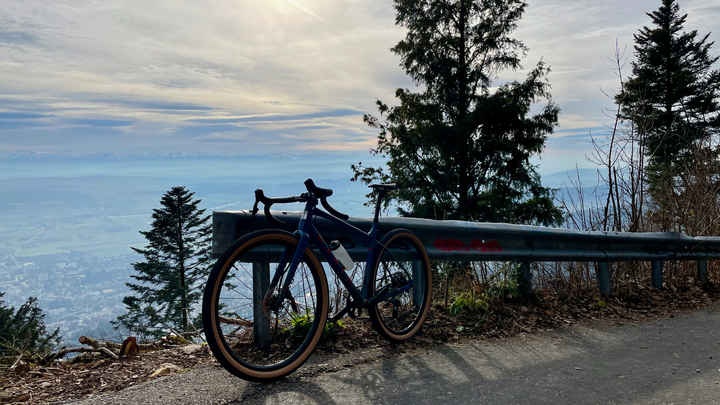

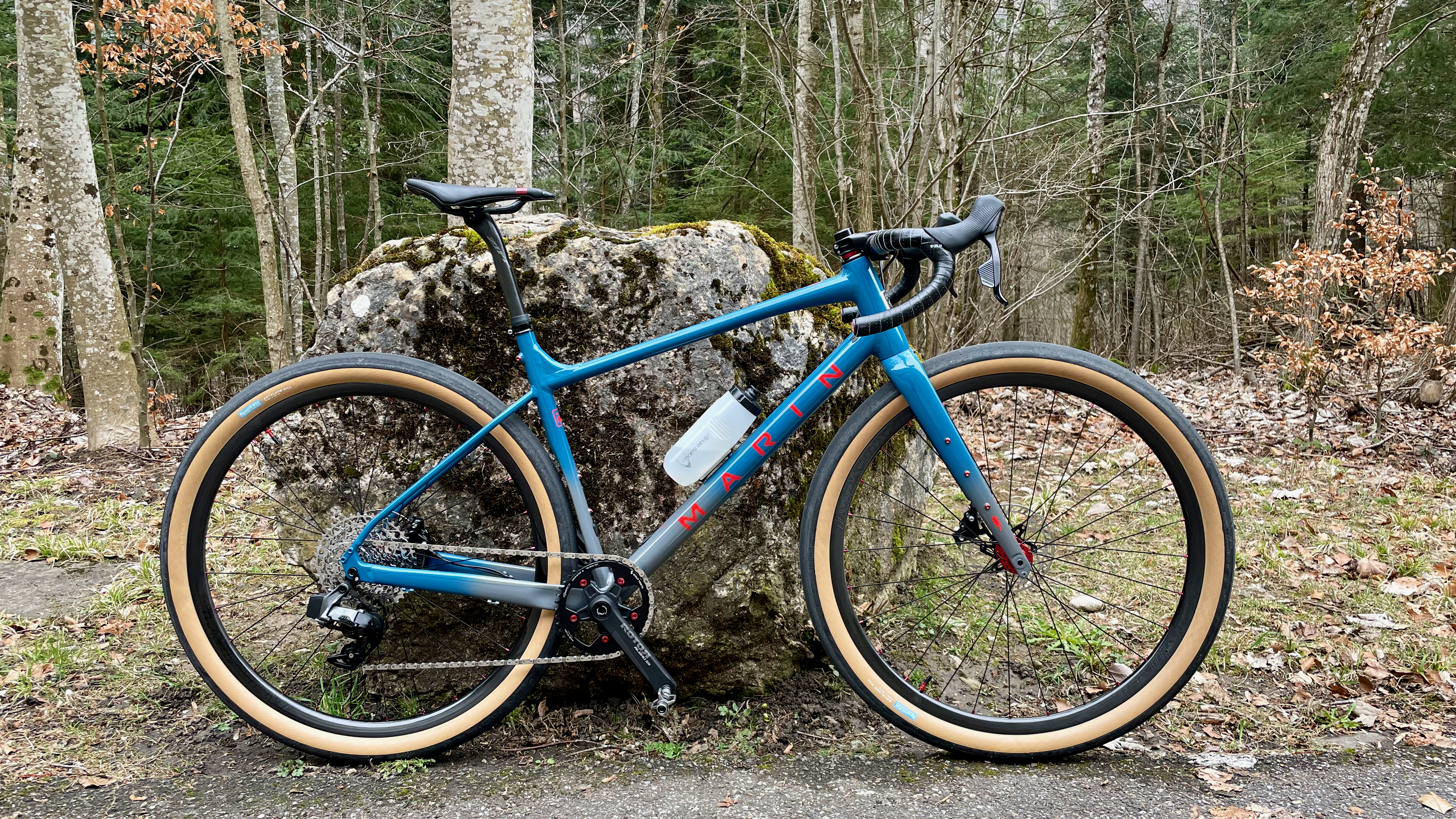

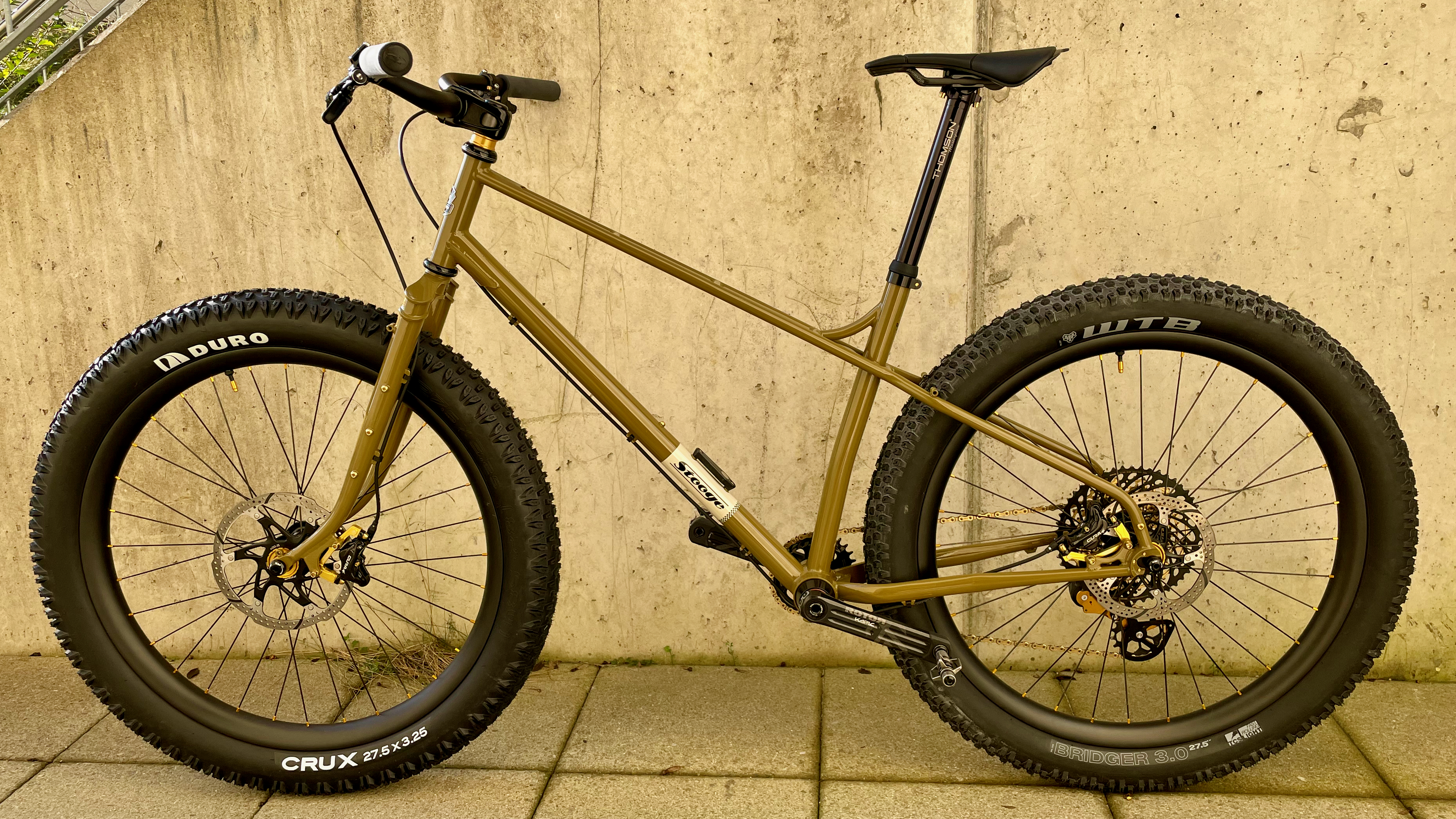
Comments